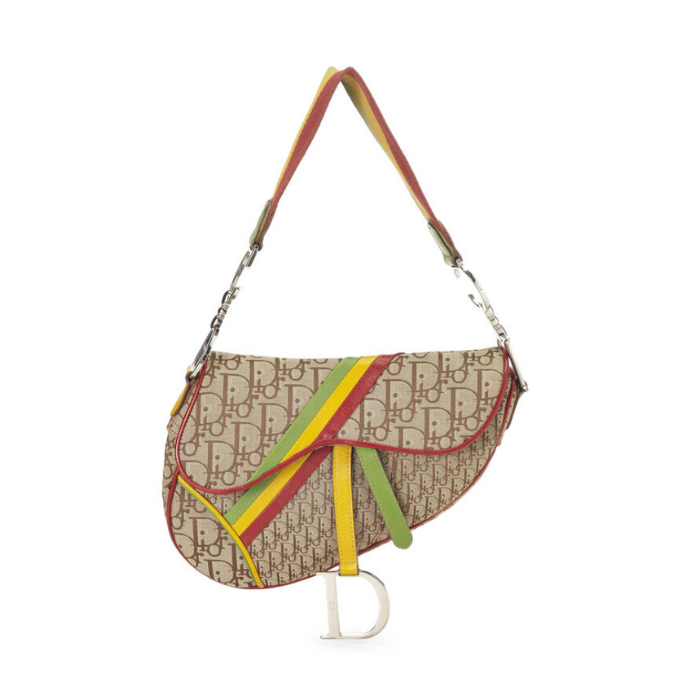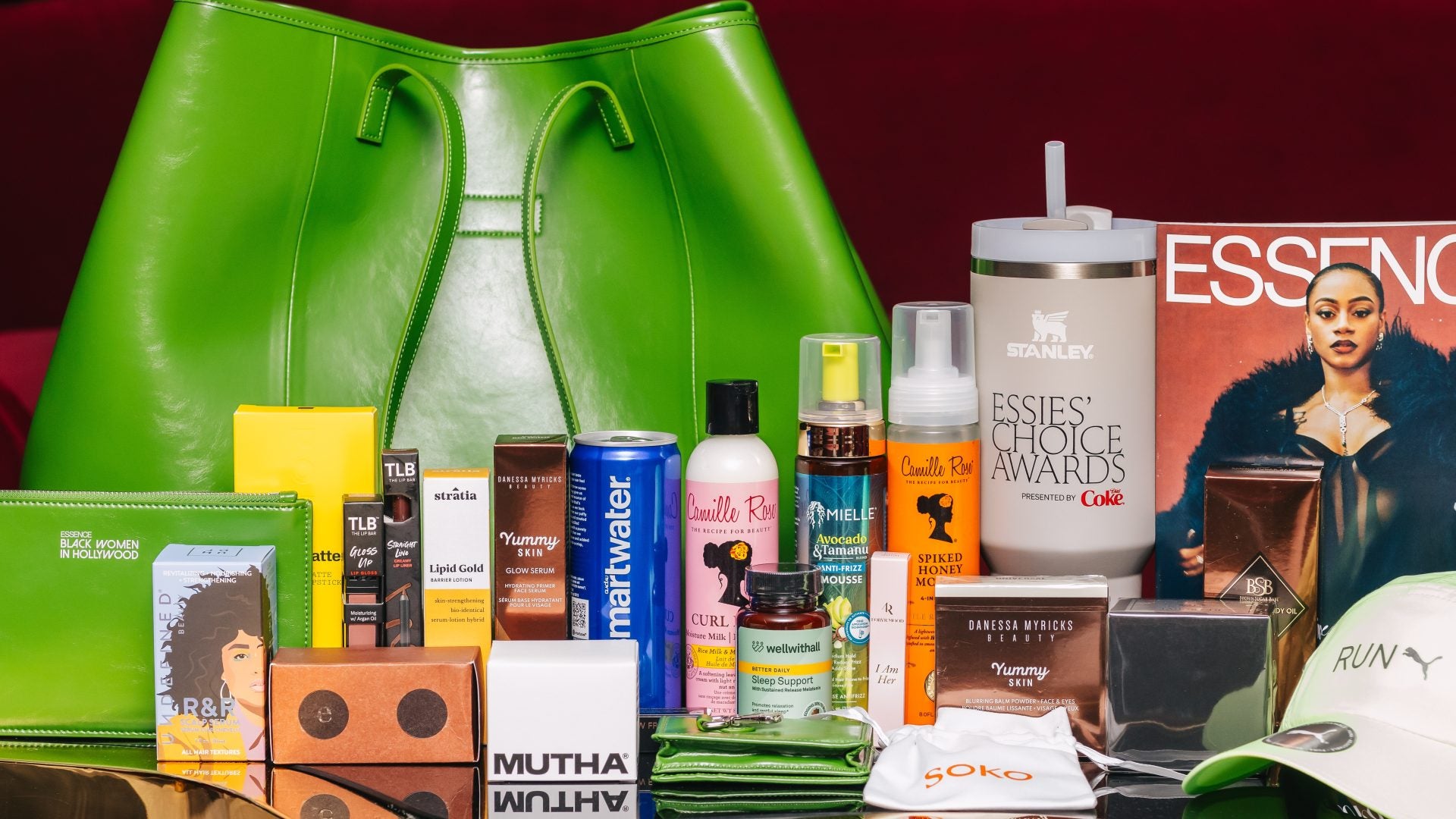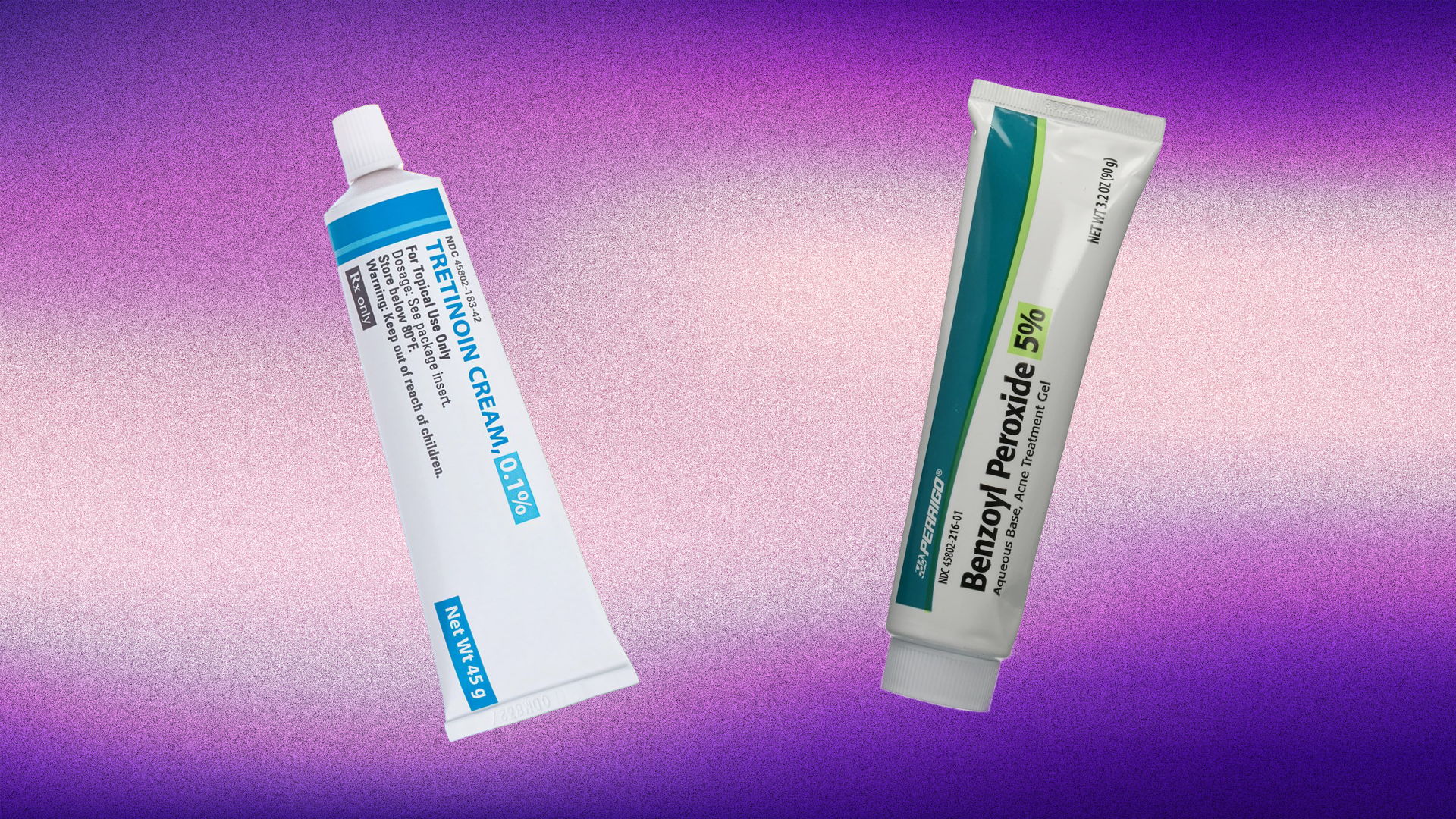
Hyperpigmentation is a shared skin concern for many Black people. That said, cult beauty brands selling dark spot-reducing products––like Topicals’s Discoloration Duo and The Brighter Not Lighter Trio by EADEM–– along with the rise of retinol, kojic acid, and turmeric soap, we are met with more solutions in recent years.
However, despite our similar skin issues, all of our skin is different and these products may not be as effective on everyone’s skin. But, before I share my top beauty hacks, we first have to understand how hyperpigmentation even works.
While darker skin tones are thought to be well-protected from sun damage because of our high melanin content, we are also more prone to hyperpigmentation. According to the NIH, our active melanin in combination with inflammation––often caused by acne––can lead to discoloration and scarring. This is because our skin is trying to protect us from the inflammation by producing more melanin, which can leave dark spots as a result.
As a beauty writer, I’ve tried product after product. In other words, my bathroom sink is flooded with the latest innovations in dark spot skincare. I’ve tried all kinds of solutions: from award-winning retinol and daily chemical peels, to cult-favorite essences and expensive skincare treatments.
Even still, with most products, I noticed, come with a months-long time frame (an average skin cycle is between five to six weeks) to see results. This means, sometimes you’ll be required to use multiple bottles with no visible difference in the skin.
This reality is why I started using pharmaceutical products. With French pharmacy brands trending on TikTok (think: La Roche-Posay) and dermatologists weighing in on the best products, my two holy grail dark spot correctors were a cheap over-the-counter grab.
Instead of spending over $100 dollars on products that claim to do more than they deliver, a $20 dollar tretinoin and benzoyl peroxide is the real hack. In less than a week, I noticed more visible improvement in my skin than months of using viral cult-favorite products.
Tretinoin is a synthetic form of vitamin A used as a medication to treat acne (which is a must if you have acne-caused inflammation). Unlike retinol, it is significantly stronger and ranges from .01% to .1% in strength, which is why it requires a prescription. However, in under a week, I watched my dark spots fade in real time and my skin texture become more even, soft, and smooth.
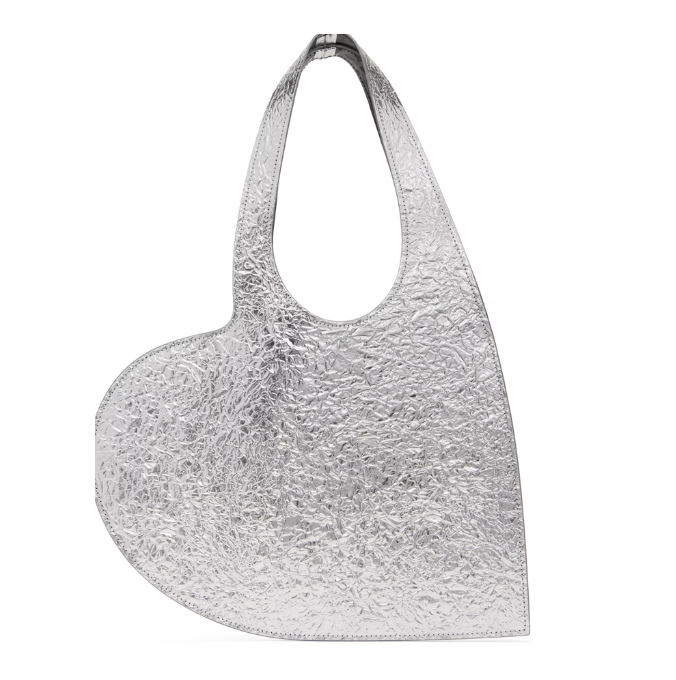
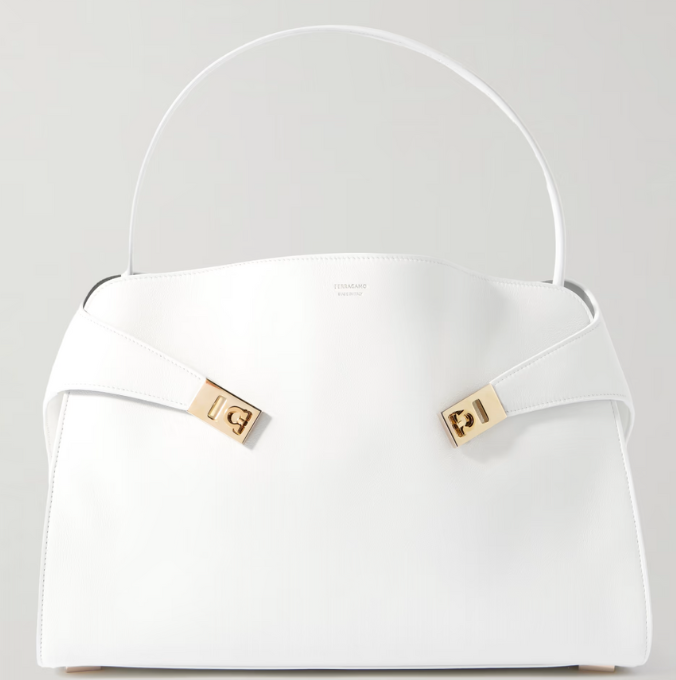
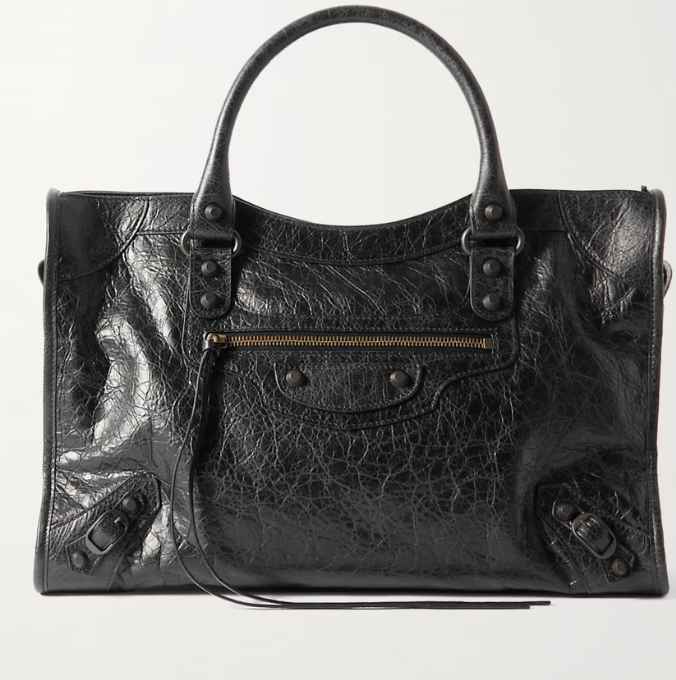
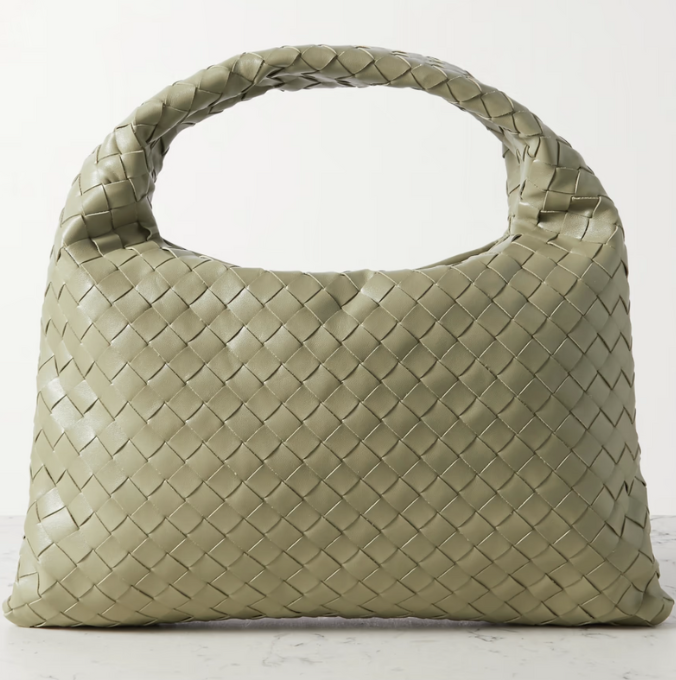
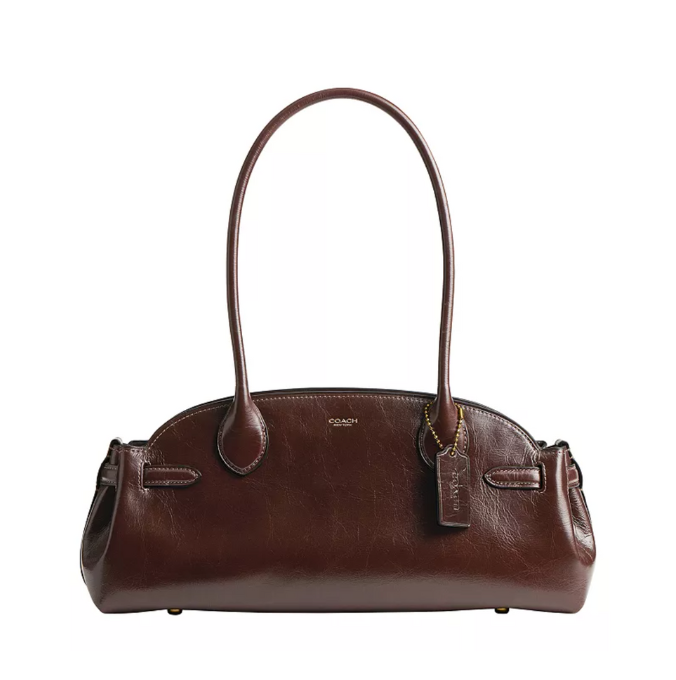
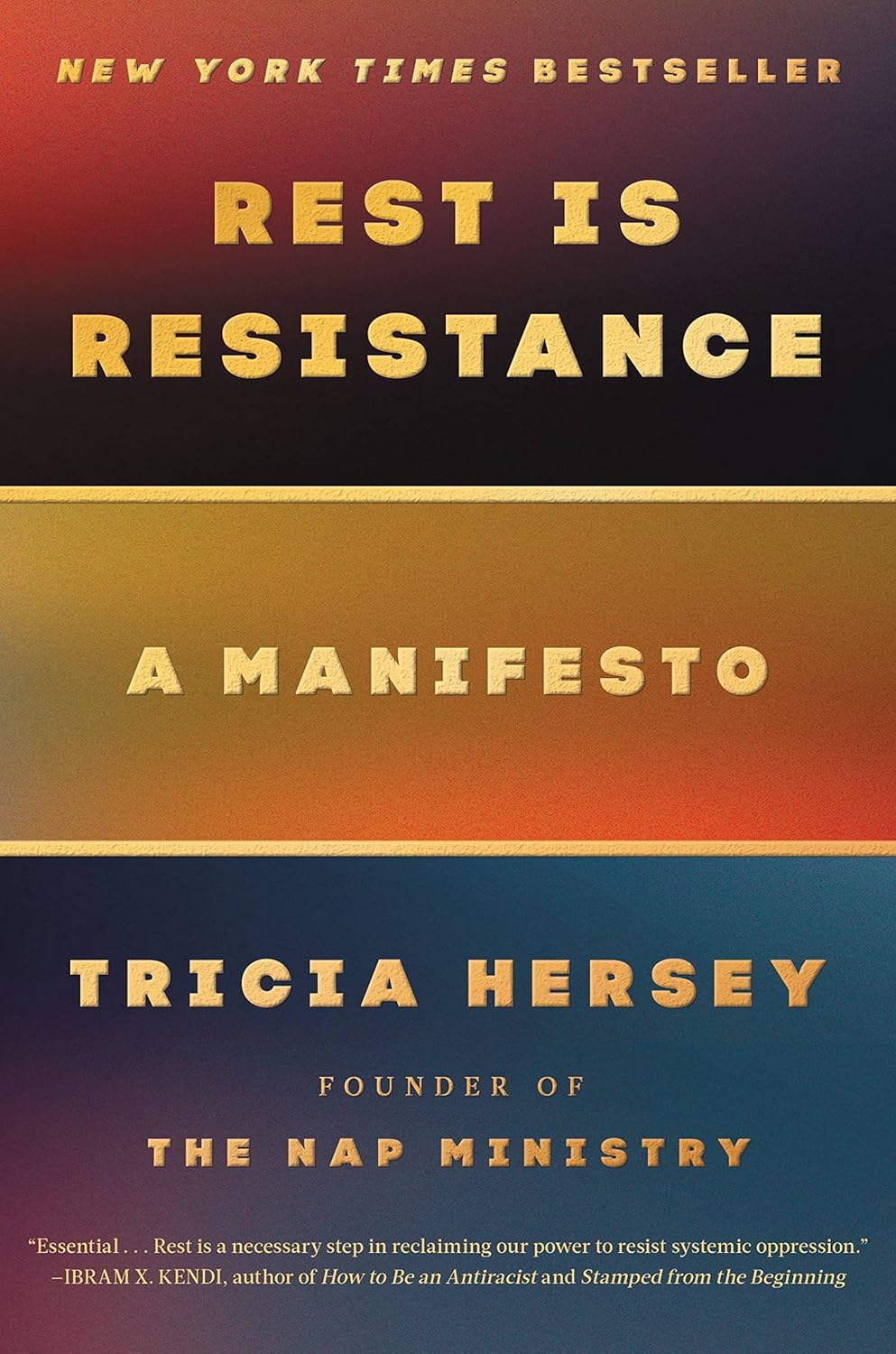
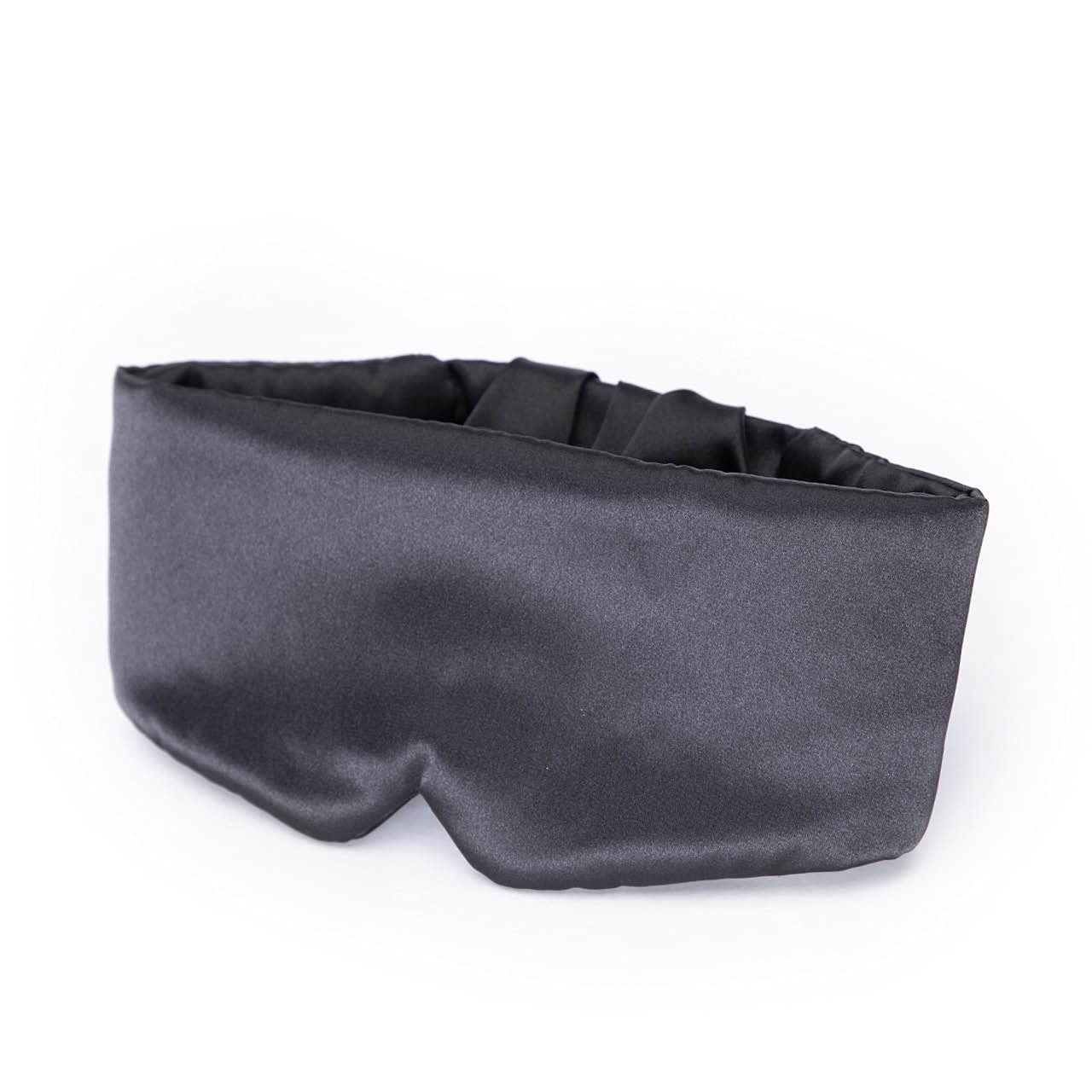
Then, I added a non-prescriptive benzoyl peroxide (10%) to my routine, using each product up to three times a week. Benzoyl peroxide has potent antibacterial and mild anti-inflammatory effects which help my skin avoid irritation while I sleep.
At night, I’ll wash my face with a gentle cleanser (I use Shani Darden’s Cleansing Serum) then layer the benzoyl peroxide gel over tretinoin cream. While this duo is my hack, I wash them off my skin in the morning, then apply the La Roche-Posay Mela B3 Dark Spot Serum and a dark spot correcting sunscreen to start my day.
Since starting this routine less than a month ago, my skin has gone from being full of hyperpigmentation, dark spots, uneven texture, and enlarged pores, to being the clearest I’ve seen in years. I haven’t had a breakout since then, which gives my skin the time to heal from inflammation (even through daily sunbathing)—allowing the beauty underneath my skin issues to be seen again.
